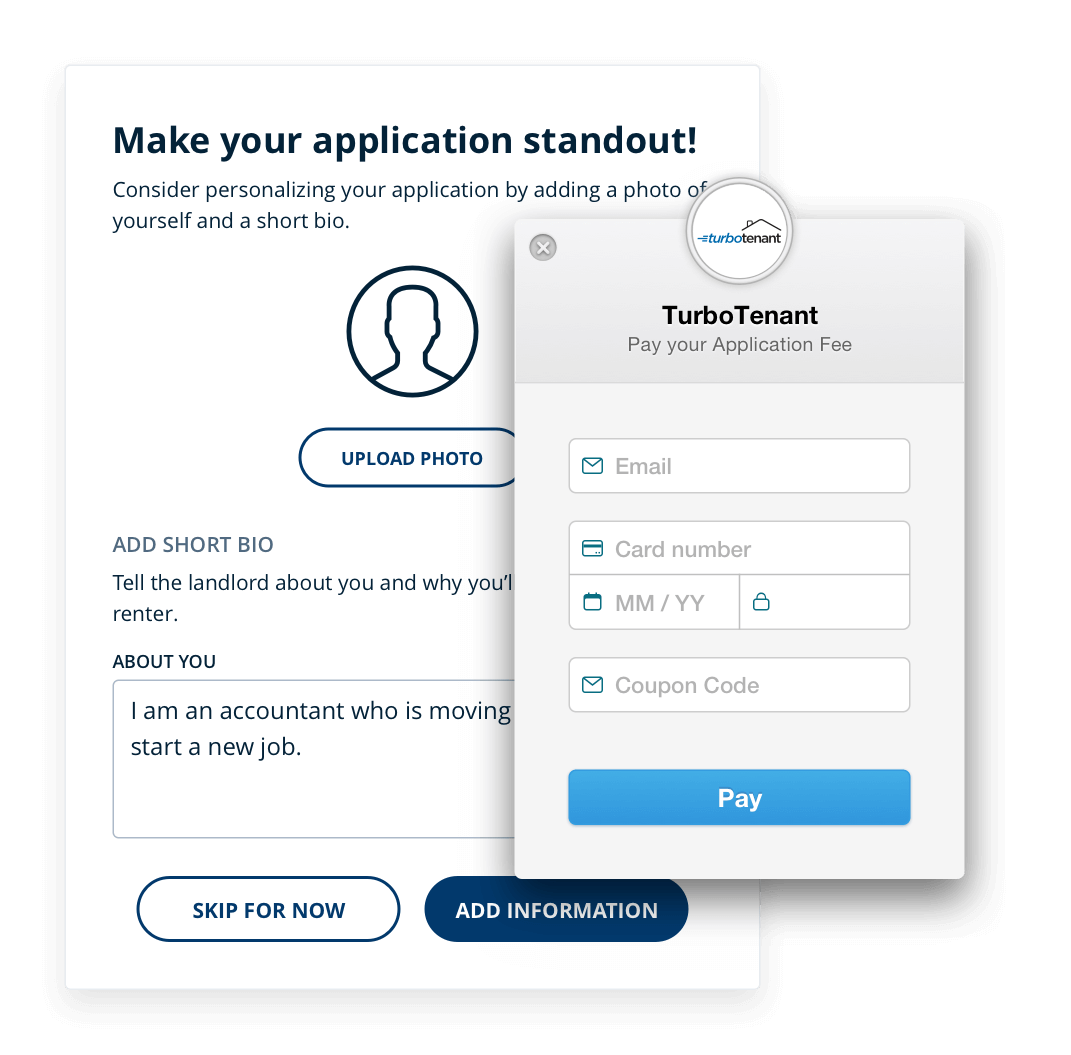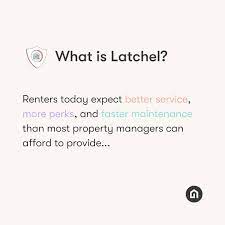
If you are considering investing in a property, it is important to know how much maintenance will cost you. Not only will you need to be aware of the basics, but you will also want to be prepared for unexpected expenses.
There are two basic types: fixed and adjustable. Fixed expenses are those expenses that are regular and will occur at a specific time such as utilities, taxes, insurance, etc. Variable expenses will differ depending on the type and condition of the rental property. You may spend more cleaning multi-family homes than you would on one family home. In addition, you may need to replace items that have naturally aged.
Consult a qualified professional to determine the actual cost of maintaining a property. A commercial realty broker with experience will be able to provide valuable industry information and help you better evaluate real property. This will enable your to avoid high-priced properties and allow you to get the most out of your investment.

The best way to determine how much maintenance you need is to take the square footage and multiply it 1.5. If you have a 2 bedroom rental home, with 2,200 square feet of living space, then you should budget at least $2,000.
Most contractors will give you a detailed estimate on maintenance costs. This is based on the specific needs of your area and local pricing. While some contractors charge a flat fee per job, others charge an hourly rate. Get multiple quotes before you commit to a particular company.
A key part of being a successful landlord is to be able to manage your maintenance. You will need to be proactive, regardless of whether you rely on a full-time manager and/or a team comprised of freelancers. Software solutions can save you both time and money by helping you plan and execute preventive maintenance. It is a good idea for you to keep track on your maintenance costs. You can then use that information to determine what amount you should spend on the next project.
Another useful tool for calculating your maintenance costs is the 1% rule. While this does not guarantee that you will reduce your expenses, it does establish a minimum expectation that your property's maintenance cost should be less than 1%.

It is difficult to estimate the cost of property maintenance, despite this. You need to plan your finances in order to avoid paying high costs. A good emergency fund is a way to be prepared for any unexpected circumstances.
Your inventory management software can help reduce your maintenance costs. Inventory management software can be used to keep track of inventory and prevent overstocking. It can also help you prioritize your work and prevent you from wasting money with inefficient labor.
FAQ
Do I need to pay a handyman per hour or per project?
It really comes down to personal preference. Some people prefer paying by the hour to know exactly how much their handyman charges. Some prefer to pay for each project, even though they may be doing multiple jobs at once. Both are fine.
What is the hourly rate for a handyman?
A handyman usually charges $50-$75 for an hour. This is a job that most of them have done for years. They spend around 10 hours on average working for any given job. They are well-known in their community and don't have to advertise.
They tend to specialize and develop customer relationships over time.
They are quick, reliable, and affordable. This is the key difference between them and other contractors.
Most people have at least two or three of these guys that they can trust enough to call for help when they need it.
Some people are so successful that they start their own company.
Where did handymen originate?
There are thousands upon thousands of handymen all over the U.S. but nearly none started as contractors. Most of them started out as a tradesman. They learned the craft through apprenticeships. This means that they are often highly skilled and have a lot of knowledge. They can be valuable assets to any company.
How long does it take for a handyman to be trained?
It takes many years of hard work to become an expert handyman. It often starts by helping family members and friends, and then grows into a full-time job.
As you learn, you'll be able to master all of the necessary skills.
Statistics
- Another estimate was that the market in the United States was $126 billion and was increasing by about 4% annually. (en.wikipedia.org)
- According to the U.S. Bureau of Labor Statistics, in May 2020, there are 1,357,630 handymen employed in the U.S.. (angi.com)
- More than 20% of homes in America have outdoor living spaces, including decks and patios. (mrhandyman.com)
- With a strong housing market, the handyman and general maintenance worker industry are expected to grow by nearly 10% in the next decade. (housecallpro.com)
- “Once the pandemic hit, that number fell to about 20%.” (inquirer.com)
External Links
How To
How to Replacing a Broken Tile
Step 1 - Remove the old tiles.
Take out the tiles and place them on a new flooring surface. These tiles should be kept intact in case you need them again. If they're damaged or missing pieces, note which ones they were so you don't run into problems finding replacements.
Step 2: Choose New Tiles
Check out these options for tile replacement.
-
Locate a replacement tile that is the same as the one you just removed.
-
Use the measurements you took when removing the tile to find a matching piece. This will make it easy to get the correct size without having again to measure.
-
You should look for different colors, patterns and textures.
-
Consider what grout you prefer to use. Some people prefer a certain color, others like to mix it up.
-
You should ensure that the tile you choose is resistant to moisture.
-
The final thing to consider is the location of the tile. It will save you time and money if you make sure there's enough space for the proper installation.
-
Once you've picked your tile, place an order online or call your local Lowe's location to place it.
Step 3: Install the tiles.
Install your tiles using the same method you used before. Be careful to align them properly so they fit together perfectly.
Step 4: Clean Up
Be sure to vacuum up all crumbs and debris before applying the last layer.
This will prevent dirt and dust from settling into the cracks between the tiles that could cause mold.
Step 5 -- Sand the Floor
After you have cleaned everything, sand the floor to remove any particles that were left from the previous step.
Step 6 – Finish Off
Once the floor is smooth, apply the protective coatings. You should wait until this stage as wet paint can stain new tiles.
For stain protection, you can always use a product called "damp&dry" to clean your floors.
However, it won't cover every possible problem that may occur after you've installed your new tiles. An anti-slip coating can be added to the protective layer for children who are often running around.
Remember to let the protective sealer remain on for several additional weeks before you move into your home.